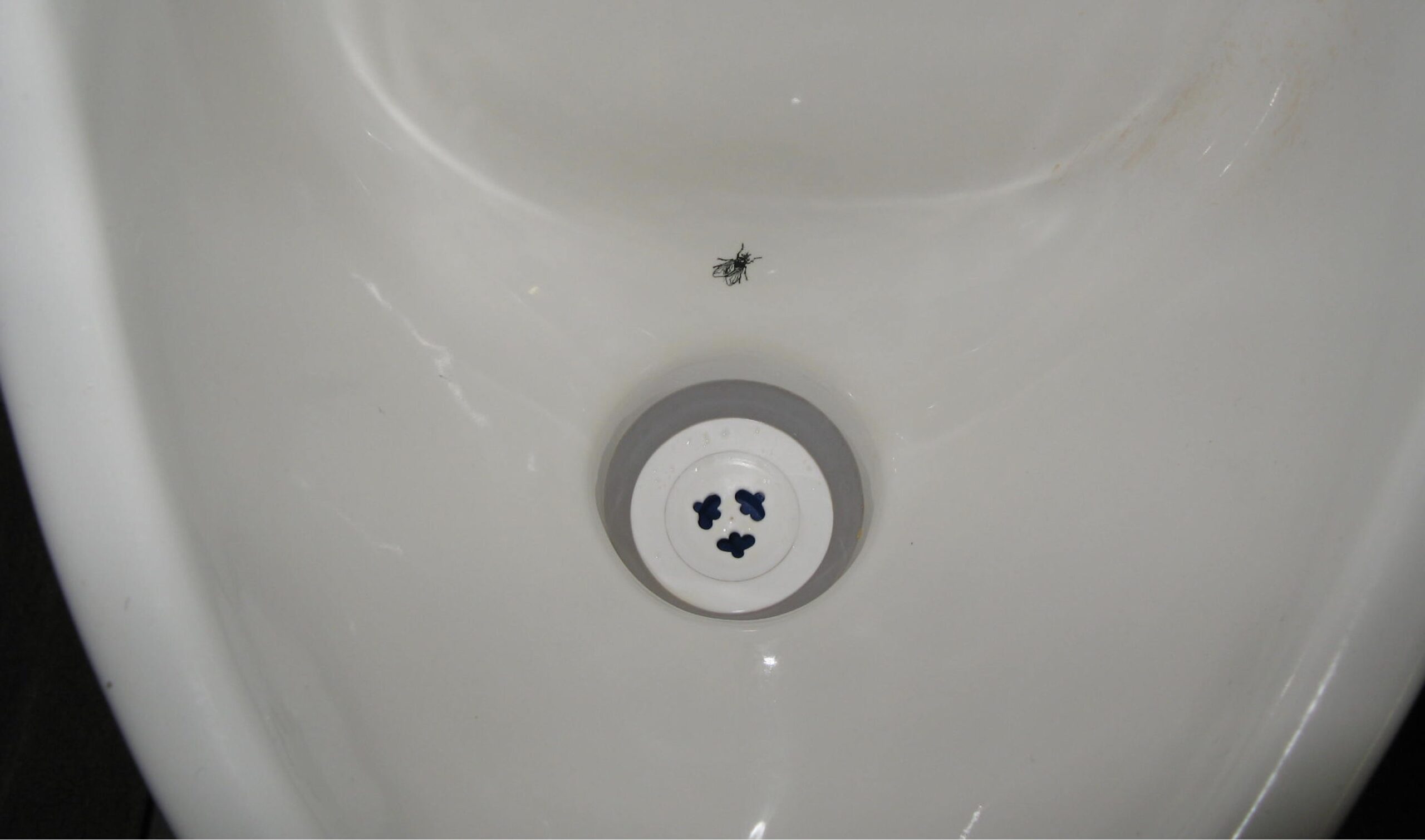- Tontine, Australia’s biggest pillow manufacturer, had a 50% market share in the pillow market in 2010.
- In this category where product-differentiation was weak, other retail labels were eating into Tontine’s market share.
- Also, the category was stagnating – while people knew that pillows caught dead skin cells and, therefore, bred bugs & fungi, this knowledge didn’t help them decide when to change the pillow.
- This is because unlike in the case of a loaf of bread, signs of contamination in pillows are never visible.
- But even without visible signs of contamination, we know when to dispose of the bread, thanks to the Use-by date each bread carries.
- And this is the strategy Tontine used to make the invisible problem impossible to ignore.
- It date-stamped its pillows with Use-by dates to indicate when they needed changing.
This is a typical case of cross-category learning that led to a company far exceeding the objective of “30% growth in sales”. The company now has a provision to send you email reminders when your pillow is reaching its Use-by date. This reminder is accompanied by an offer on your new pillow.
Image courtesy of Isaac Quesada through Unsplash















